But little Timmy just took it all in. He was standing there with about a dozen people who believed they'd received their Miracle that day. And he did too. In the article he really clung to education, observation, and conversation as the linchpins for this innate ability he calls, The Miracle Mentality. I totally agree with him.
I found as I read through, he was right. With the education we receive (public, private, parochial or hard knocks) we've learn. The overarching ideas, thoughts and stories we tell ourselves and others create the world we live in, whether big or small. Are you able to see the Miracles in your life or can you only see the obstacles?
Observation is helpful. We gain from both, good bosses and bad ones. We learn what works and what doesn't; what motivates or dissipates are enthusiasm. We see those who when went about it the right way and those who went about it the wrong way. Whether quietly or openly, we observe.
What about the conversations we have with ourselves and others? These are important too. Do you get drawn in and can't back out? sucked into potentially negative uttering that you have no control can't gain on the outcome? Or do you steer clear of the commotion and noise to keep your heart and spirit clear? Are you bubbling over with The Miracle Mentality? If so, share your story.
To Your Success,
MG




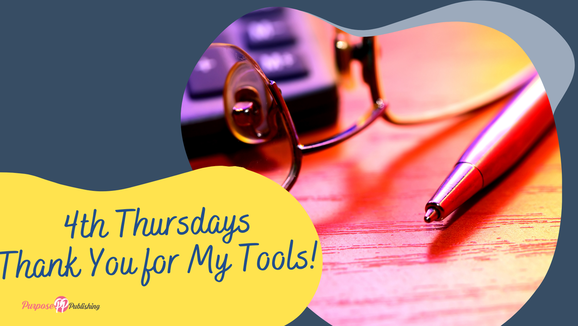



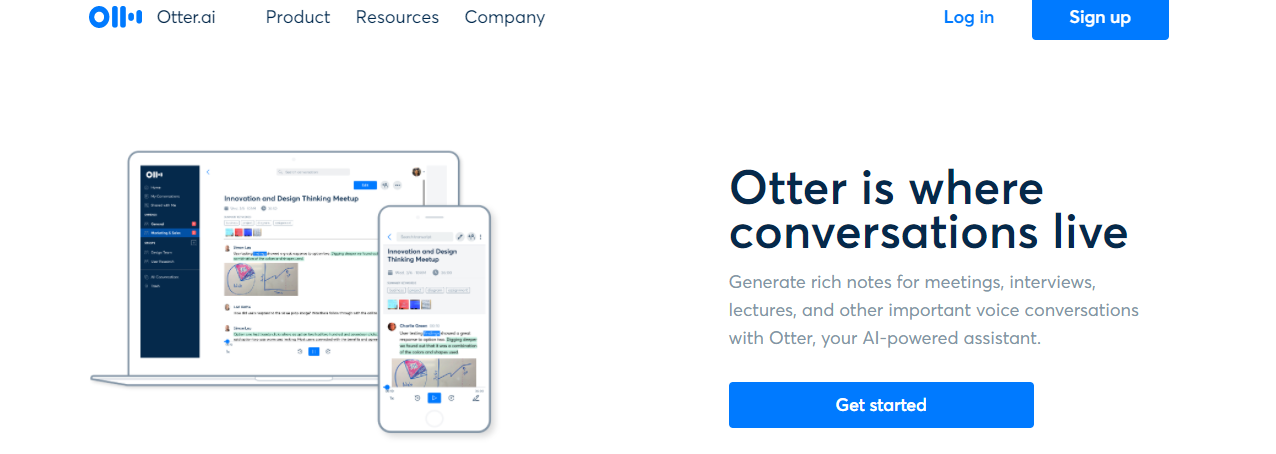
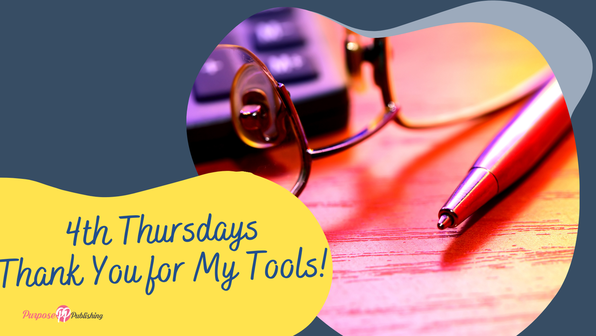


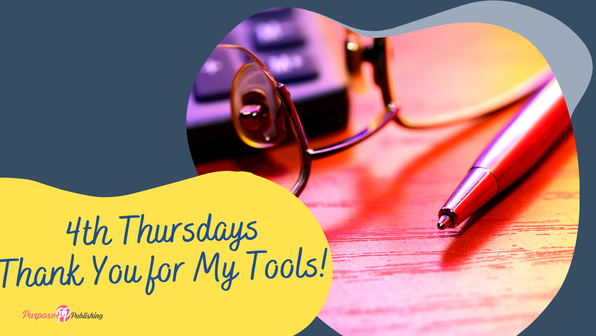
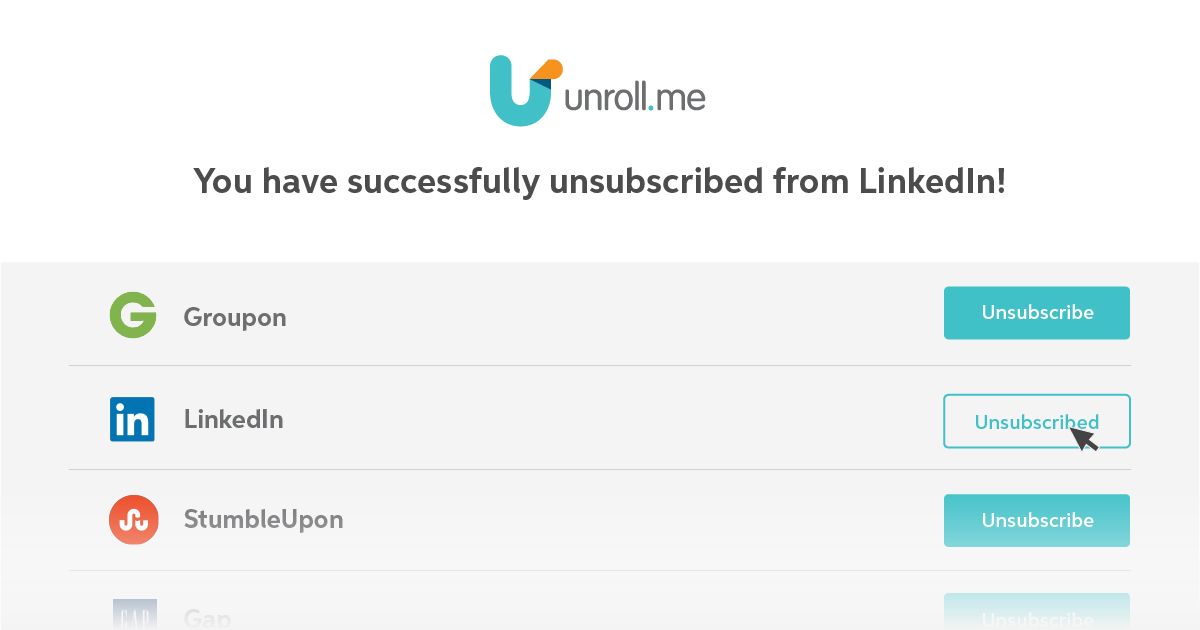



 RSS Feed
RSS Feed
